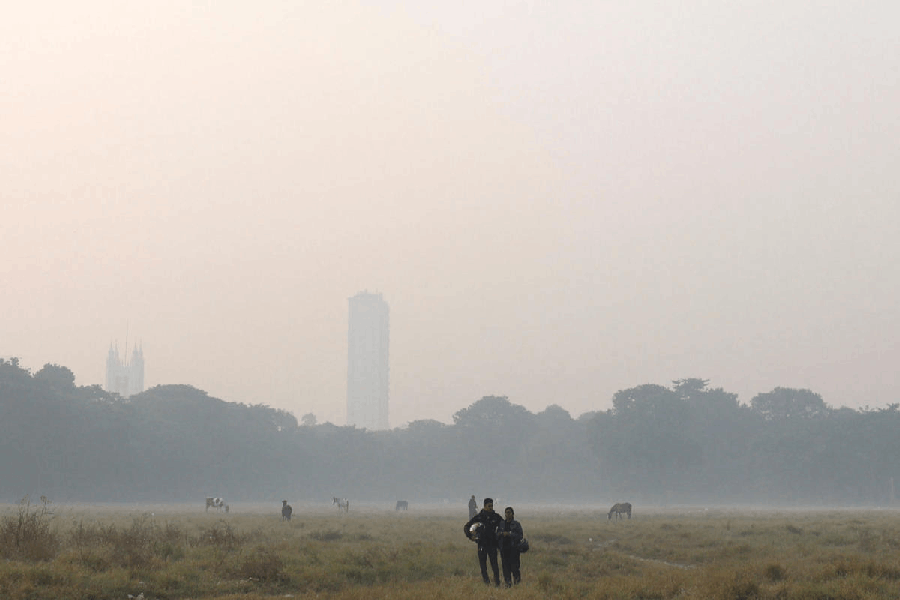The last three Russian soldiers in this Ukrainian town are in the morgue, their uniforms bloodied and torn. The first one’s face is frozen in pain. The second has his wooden pipe in his lap. The third is stuffed in his sleeping bag.
These dead are not all that was left behind in Trostyanets, a strategically located town in the country’s northeast, where Russian forces fled several days ago in the face of an orchestrated Ukrainian assault. A monthlong Russian occupation reduced much of the town to rubble, a decimated landscape of mangled tank hulks, snapped trees and rattled but resilient survivors.
There are also stories, impossible to verify, highlighting the kind of hate left in an occupations wake and sharing a common thread of brutality: children held at knife point; an old woman forced to drink alcohol as her occupiers watched and laughed; whispers of rape and forced disappearances; and an old man found toothless, beaten in a ditch and defecated on.
“Oh, God, how I wanted to spit on them or hit them,” said Yevdokiya Koneva, 57, her voice steely as she pushed her aging bicycle toward the centre of town on Friday.
Ukrainian forces are now gaining ground, as more than a month into the war Russian forces are pulling back from their positions north of Kyiv, even as Ukrainian soldiers are making progress here in the northeast. This area was supposed to be little more than a speed bump for a sprawling military campaign that would quickly take the country’s capital and leave the east in Russian hands.
The Ukrainian victory in Trostyanets came on March 26 — what residents call “Liberation Day” — and is an example of how disadvantaged and smaller Ukrainian units have launched successful counterattacks.
Interviews with more than a dozen residents of Trostyanets, a modest town of about 19,000 situated in a bowl of rolling hills roughly 30km from the Russian border, paint a stark picture of struggle and fear during the Russian occupation.
On Friday, dazed residents walked through the destroyed town, sorting through the debris as some power was restored for the first time in weeks. Viktor Panov, a railway worker, was helping to clear the shrapnel-shattered train station of unexploded shells, grenades and other scattered explosives. Other men cannibalised destroyed Russian armoured vehicles for parts or working machinery.
“I can’t wrap my head around how this war with tanks and missiles is possible,” said Olena Volkova, 57, the head doctor at the hospital and the deputy head of the town council. “Against who? The peaceful civilians?”
“This is true barbarity,” she said.
The war began in Trostyanets on February 24, the day the Russians launched their invasion of Ukraine. The town quickly became a thoroughfare for advancing Russian tank columns as they punched farther west, part of their northeastern offensive toward Kyiv, the capital. Thousands of armoured vehicles rolled through, breaking highway guard rails and chewing up roads.
“As the Russians drove in, for the first two days, our guys fought back well, so long as they had heavy weapons,” said Panov, 37. “After they ran out of those, they were left only with rifles.”
Farther west, the offensive blitz toward Kyiv soon encountered fierce Ukrainian resistance, stopping the Russians short of the capital, meaning that soldiers would have to occupy Trostyanets rather than just move through it. Roughly 800 troops fanned out, constructing a dozen or so checkpoints that cut the town into a grid of isolated neighbourhoods.
“The first brigade of Russian forces that came in were more or less tolerable,” Dr Volkova said. “They said, ‘OK, we will help you.’”
That help, Dr Volkova explained, was just allowing them to pull the corpses of the dead off the streets. She added that roughly 20 people had been killed during the occupation and the ensuing fighting — 10 had suffered gunshot wounds.
As the days and weeks went by, food became scarce and any good will from the soldiers vanished, too. Residents boiled snow for water and lived off what they had stored from their small gardens. Russian soldiers, without a proper logistics pipeline, began looting people’s homes, shops and even the local chocolate factory. One butcher spray painted “ALREADY LOOTED” on his shop so the soldiers would not break in.
By mid-March, the Russian soldiers were rotated out of the town and replaced by separatist fighters who were brought in from the southeast. It was then, residents said, that atrocities began to mount.
“They were brash and angry,” Dr Volkova said. “We could not negotiate with them about anything. They would not give us any green corridors, they searched the apartments, took away the phones, abducted people — they took them away, mostly young men, and we still don’t know where these people are.”
In the morgue, beside the three dead Russian soldiers, Dr Volkova pointed to a body bag in the corner of the room. “This person was tortured to death,” she said. “His hands and legs are tied up with sticky tape, his teeth are missing and almost all of his face is gone.”
The Russian forces fled on the night of the 25th. Their demolished artillery position in the train station square showed signs of an undersupplied and ad hoc force.
On Friday, the morning rain had burned off by the afternoon.
Galyna Mitsaii, 65, an employee of the local seed and gardening supplies shop near the train station, slowly restocked her shelves, pleased at how the day’s weather had turned out.
“We will sow, we will grow, we will live,” she said, crying.
(New York Times News Service)











